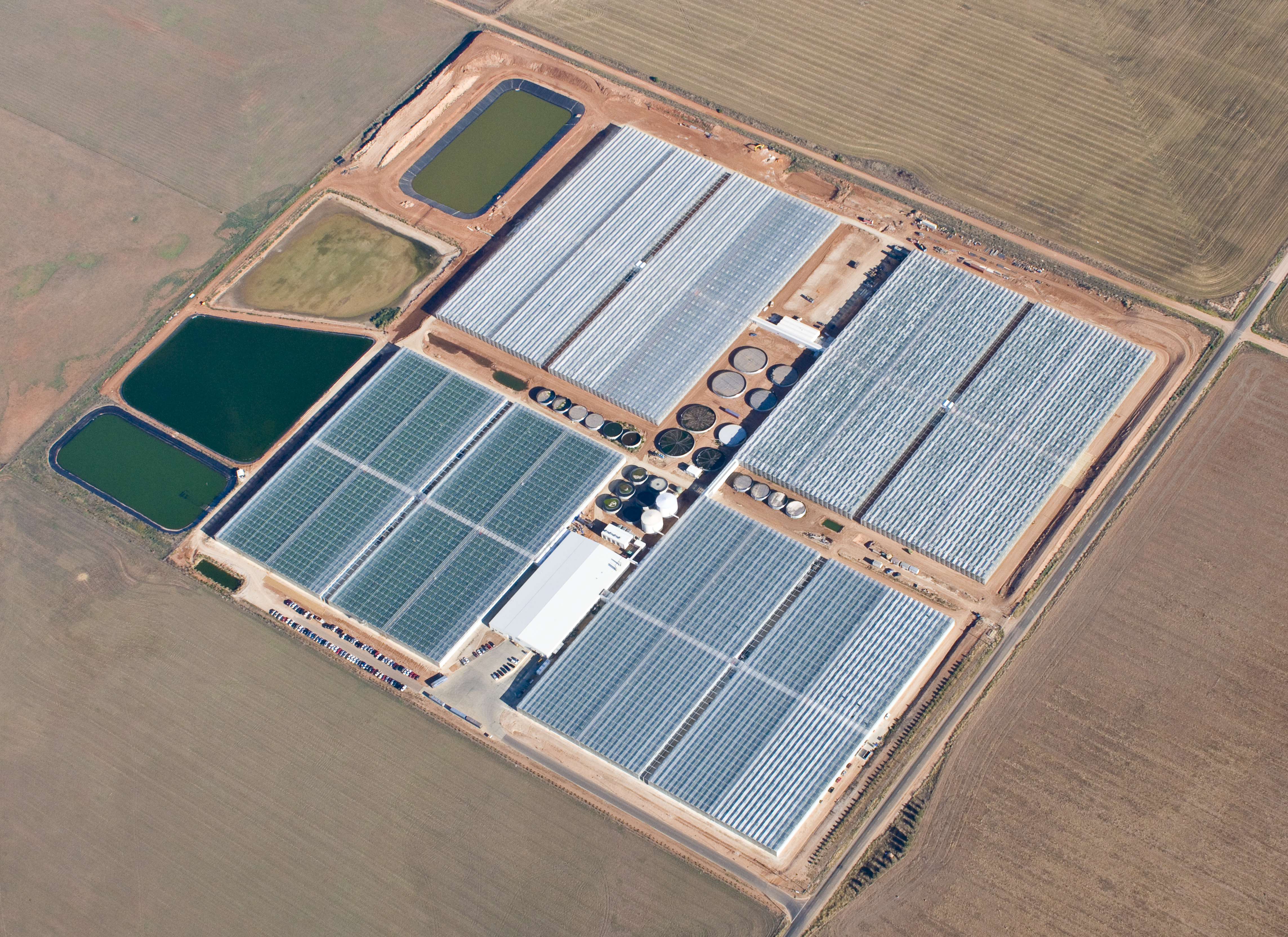Circular City Greenhouses are the sustainable way of providing food security with local production, all year round. Fossil-free fruit and vegetable production with a small footprint, even in the most water-stressed regions and harshest climates. It is a profitable way of growing food fostering cross sectoral collaboration for years to come
Discover the Benefits of Circular City Greenhouses

Food security through local production, all year round
SDG 2 & 3
Producing locally is essential in securing universal access to healthy, nutritious food. Reducing the dependency on imports ensures supply during shortages and keeps food affordable during economic downfalls. Crops like leafy greens, tomatoes and soft fruits are grown with minimal food miles, protected from extreme weather and pests and diseases in a Van der Hoeven greenhouse. While agriculture can be challenging in harsh climates, it will create the perfect growing conditions for crops to thrive all year round, in any location.
Fossil-free fruit and vegetable production with a small footprint
SDG 13 & 15
Energy, CO2 and nutrients recovered from urban waste streams replace fossil resources, preventing the depletion of natural resources without contributing to climate change. Pushing productivity to a maximum allows food production with a small footprint, leaving room for nature and preserving forests. Growing without pesticides results in a healthier product and protects biodiversity.
Even in the most water stressed areas or on degraded land
SDG 6
Taking crops out of the ground and into high tech greenhouses makes cultivation independent of soil conditions and allows for up to 95% reduction in water use. Barren lands and deserts become available for food production when water can be sourced sustainably using a circular approach
A profitable way of growing trough fostering cross sectoral collaboration
SDG 7, 8 & 9
Building a circular food system leads to synergies between different industries. In finding an application, waste becomes a resource and disposal costs are replaced by additional revenue streams. Resources can be secured in long-term contracts where availability and pricing are independent of volatile market conditions. All while reducing the impact of supply chains and reducing pressure on waste disposal networks.
For years to come...
SDG 11 & 12
A worldwide shift in environmental policy and growing consumer awareness for sustainable and healthy produce drives the transition to circular food systems. And with a service life of over 30 years, any greenhouse built today needs to be net-zero within its lifespan. Whether it comes to greenhouse gas emission, nitrogen pollution, deforestation or pesticide use, Circular City Greenhouses are ready to do so for years to come.